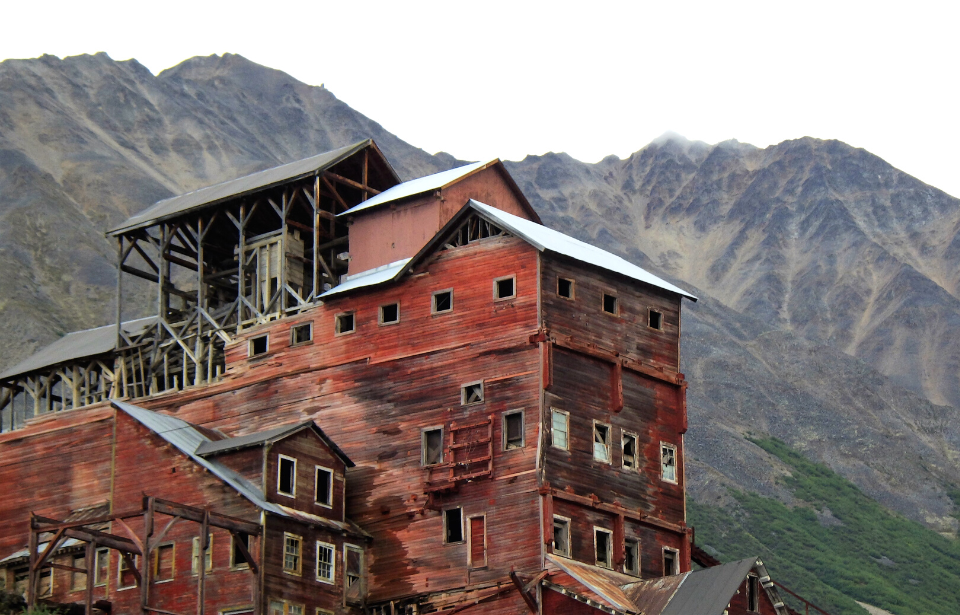In the summer of 1900, two prospectors were greeted with a green-colored cliff as they were exploring along the Kennicott Glacier in remote Alaska. The cliffs weren’t covered in grass or trees. The bright green coming out of the ground wasn’t a plant at all – it was huge deposits of copper.
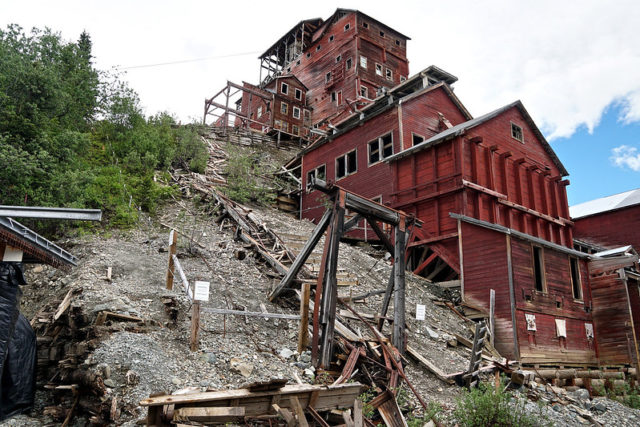
Dubbed the “Bonanza Mine Outcrop,” samples from the discovery revealed 70% pure chalcocite, making it one of the richest copper deposits ever found. The wealthy Havemayer family began to buy up shares of the copper deposits, but ran into a small problem: there was no way to transport the copper to market.
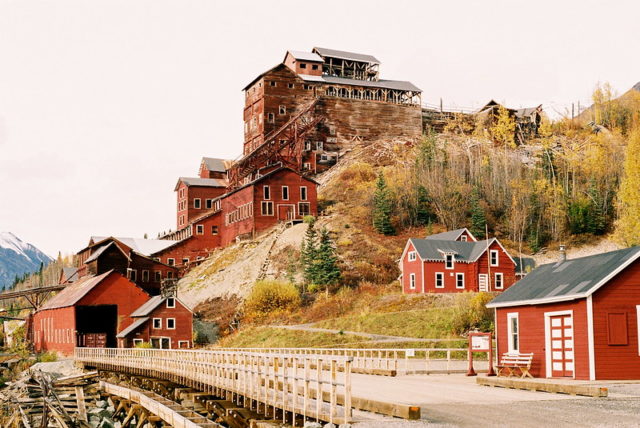
The only way to transport the copper would be to spend a fortune crafting a railroad that would go through mountains and over rivers and melting glaciers. The Havemayers teamed up with J. P. Morgan and the Guggenheim family to build a railroad and begin to develop the copper mines. It took four years for workers to complete the railway under horrific conditions – much of the time with temperatures nearing -40 degrees.
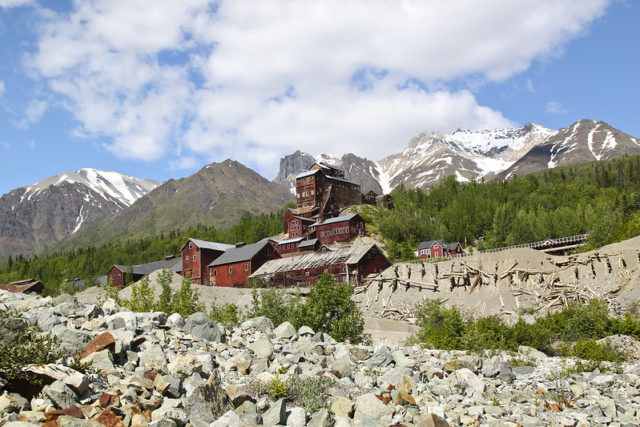
The very first train left Kennecott in 1911 with $250,000 dollars in copper. Miners from across America flocked to the site, which was offering some of the highest salaries in the business, but the work was grueling and at times deadly. By the time the site closed in 1938, over $200 million dollars in ore had been mined from the area.
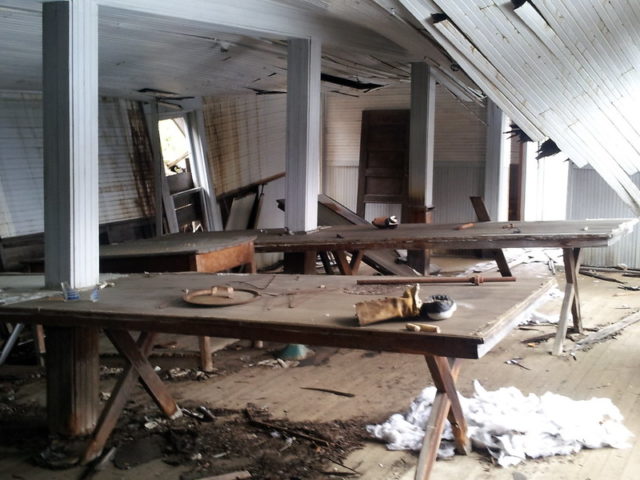
Kennicott became the home of a tight-knit community where children played ice hockey and families frequently gathered at the recreation hall for dances and celebrations. William Douglass, a “Kennecott Kid,” recalled the tiring life that miners endured to provide for their families:
“…Essentially those [miners] lived without seeing the outside air from the first of November to… the end of March. …and it was cold. From their $4.00 [or] $5.00 a day, they worked their eight hours and then the company deducted something like $30.00 a month for board and room. ..they were essentially captives of the company.”
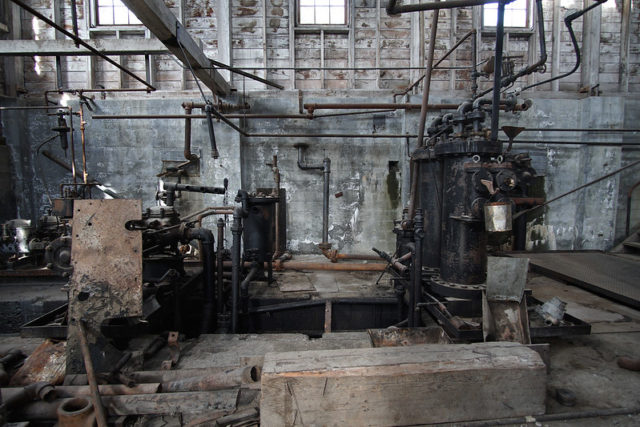
There were five active mines in Kennecott: Bonanza, Jumbo, Mother Lode, Erie, and Glacier. The Glacier mine was an open-pit mine that was mined during the summer while the remaining four mines were underground.
In 1938, Alaskan politician Ernest Gruening proposed that Kennecott should be preserved as a National Park but President Franklin D. Roosevelt effectively denied the recommendation. It wasn’t until 1980 that the Kennecott area was officially established as the Wrangell-St. Elias National Park and Preserve.
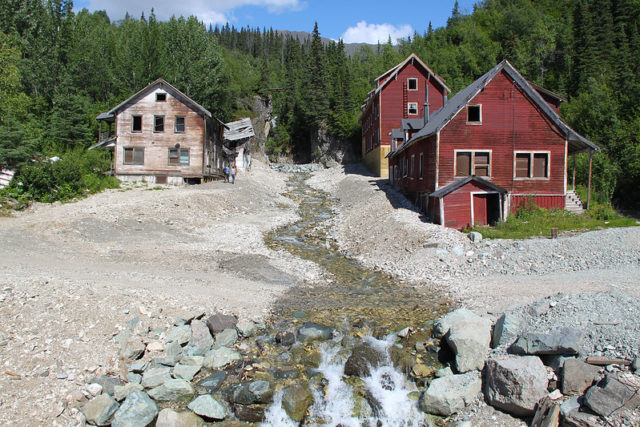
The mining town, which was once home to 500 people was abandoned by 1950, with the copper deposits in the mine completely depleted. Since the 1980s, tourists have flocked to Kennicott to hike the glacier and explore the iconic concentration mill.
Note: there are two spellings of the town/mine name. According to sources, Kennicott with an ‘i’ refers to the area’s natural features while Kennecott with an ‘e’ refers to the town and mines.
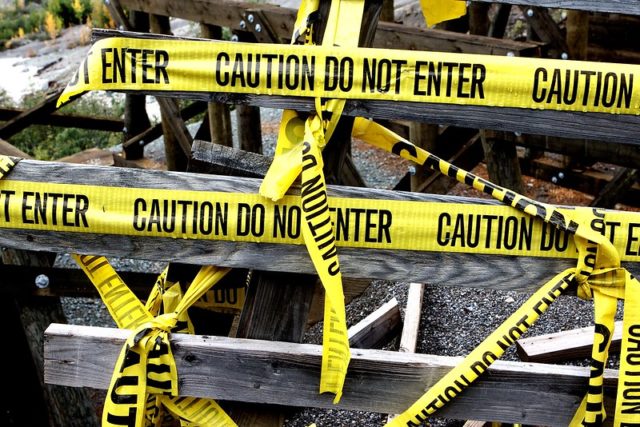
More from us: Quinlan Castle: A Former Apartment Complex in the Heart of Alabama
Currently, the doors to the mill are locked due to safety hazards, including falling debris and lead paint. Abandoned explosives are also littered around the mine sites, which are unstable and could cause serious damage if tampered with.
